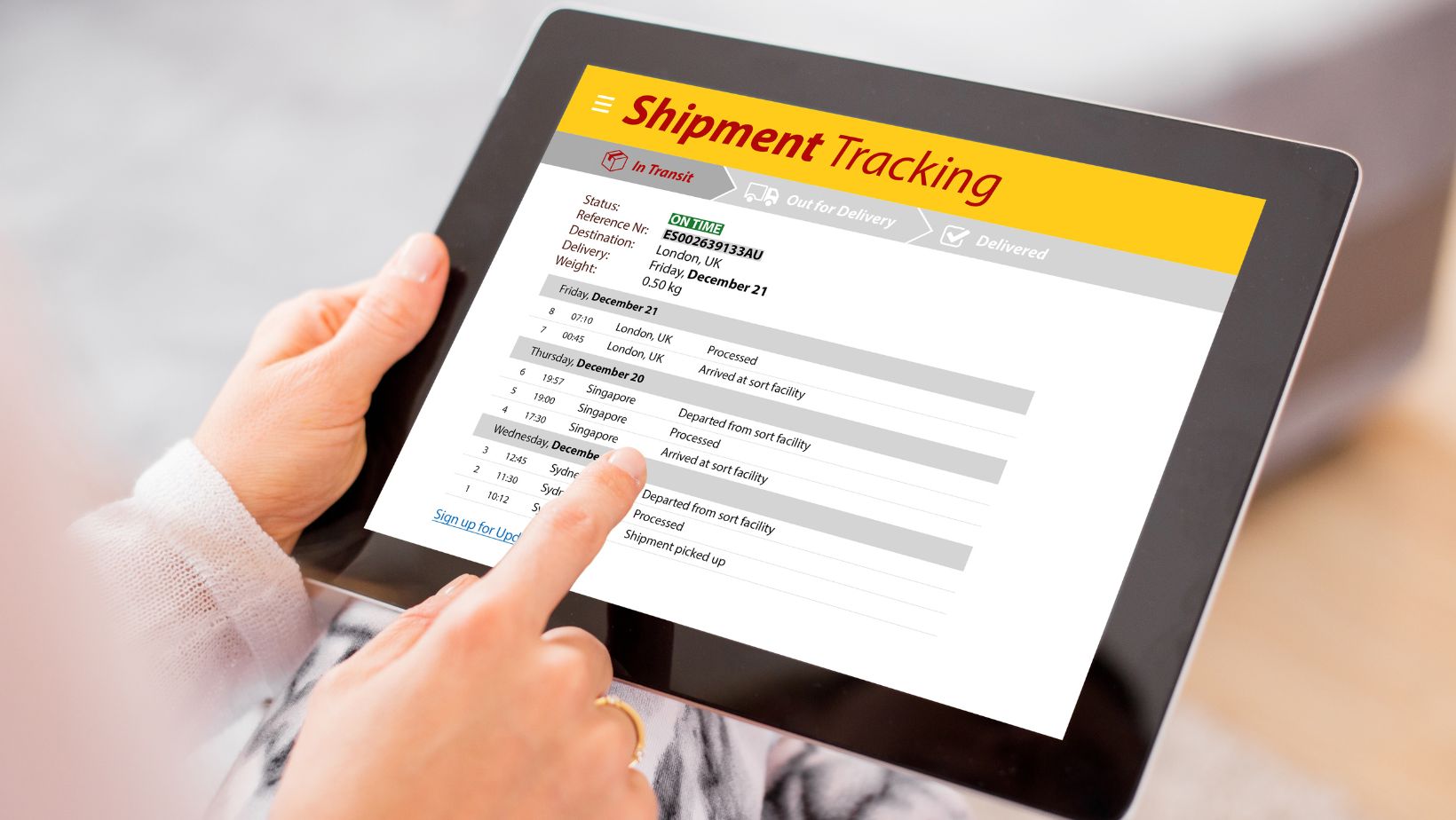
Cross-border ecommerce is an excellent way to take your business to the next level, but do you know what pitfalls may easily sink it? Next, we reveal five common mistakes many companies make while extending their businesses across borders. Knowing how to avoid these errors will save you time, money, and frustration. Would you like to learn how to stay clear of the complex character of world markets? Let us dive into the world of international trade and put your enterprise on the right track to success!
Ignoring Local Regulations and Compliance
Lack of understanding of local regulations when starting cross border ecommerce can lead to hefty fines and even legal complications. Research import/export laws, tax requirements, product standards, and more for each market you are aiming to target. Make use of local attorneys who can help you wade through confusing regulations. Keep the updates on compliance fairly frequently to keep up with the changing laws. Apply compliance investigations within your business processes to prevent you from making costly mistakes.
Overlooking Cultural Differences
Cultural differences should not be overlooked because this will result in the alienation of prospective customers. The marketing strategies should be revised to be in tandem with the local customs and preferences. Avoid stereotyping by having cultural awareness training for your team members.

Make use of local influencers to bridge the cultural gaps and build trust. The calls for feedback from the local customers should be a routine for refining the approach.
Inadequate Logistics Planning
Poor logistics planning leads to delays and increased costs. Design a solid plan that includes appropriate forecasting of the needs, stock, and transportation schedules. Develop a backup plan in case there is an unexpected disruption. Periodically monitor the strategy of logistics to ensure continual efficiency in it. Liaise with genuine logistic providers for smooth operations.
Neglecting Currency and Payment Preferences
Lack of the ability to offer options in local currencies may drive customers away. Multi-currency pricing will improve the customer user experience. Applied payment gateways shall be readily capable of accepting popular local means of payment.

Monitor exchange rates regularly in order to achieve a competitive price that does not incur losses, and periodically adapt your payment options according to customer preference. Make currency conversion fees completely transparent in order to avoid suspicions about your service. Finally, deal closely with people who have knowledge of financial management to reduce the risks of currency.
Failing to Provide Localized Customer Support
Providing customer support in the native language frustrates international customers. Hire multilingual support staff or translation services to interact with customers in their preferred language. Provide support during local business hours to increase access. Use culturally appropriate methods of communication to help build rapport. Regularly train the local support team on customs and expectations.













